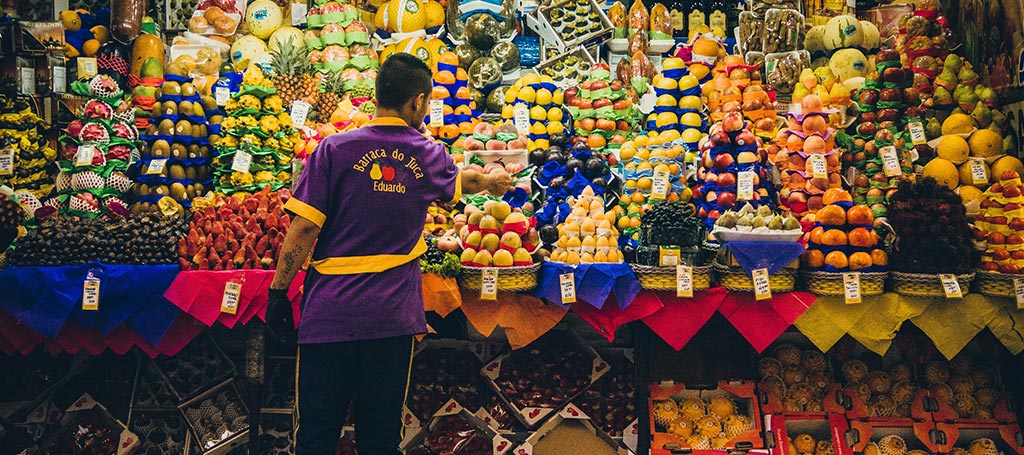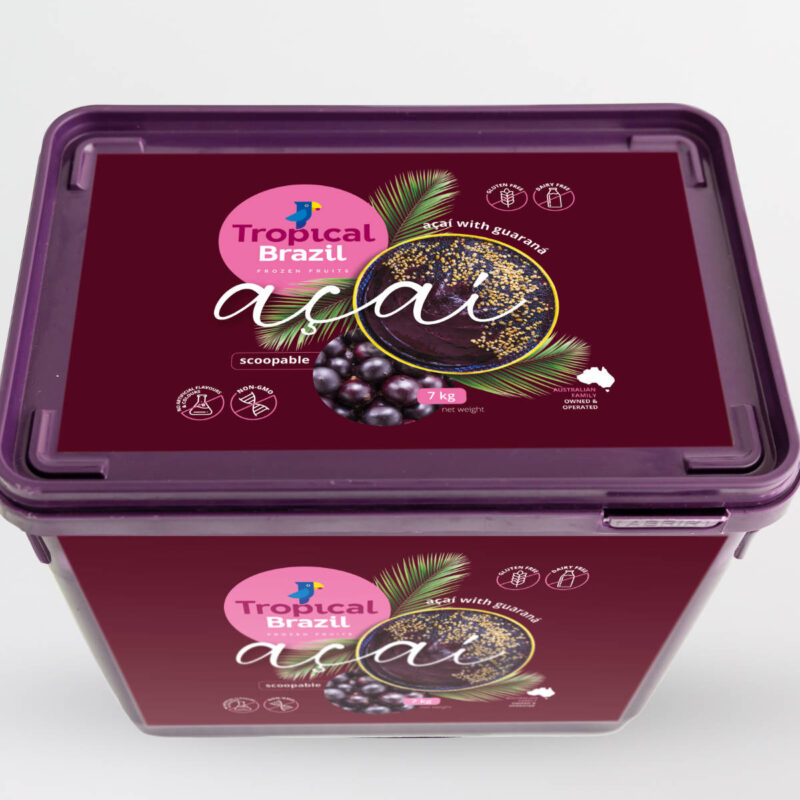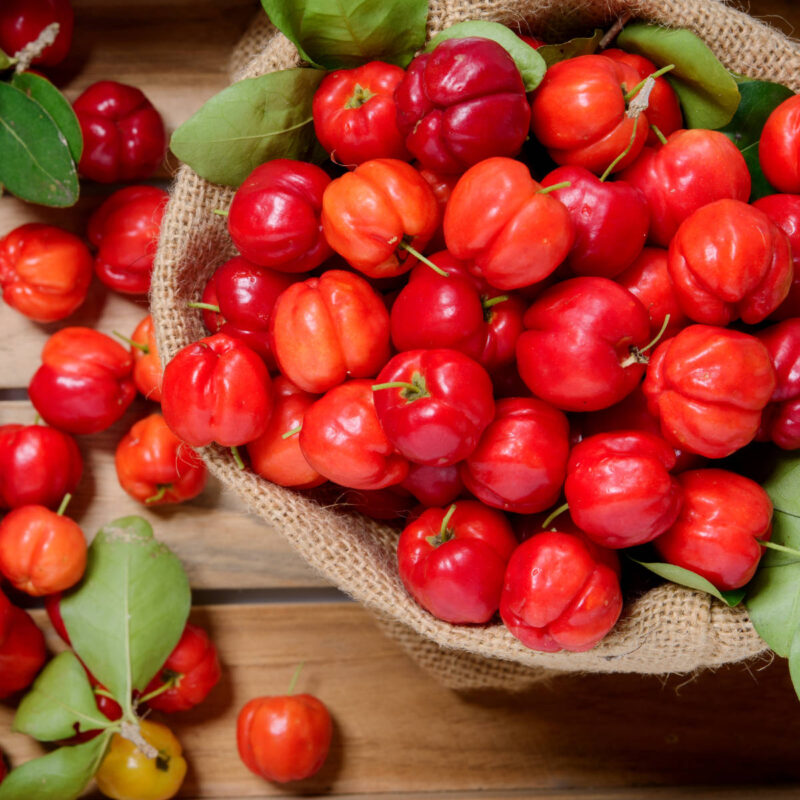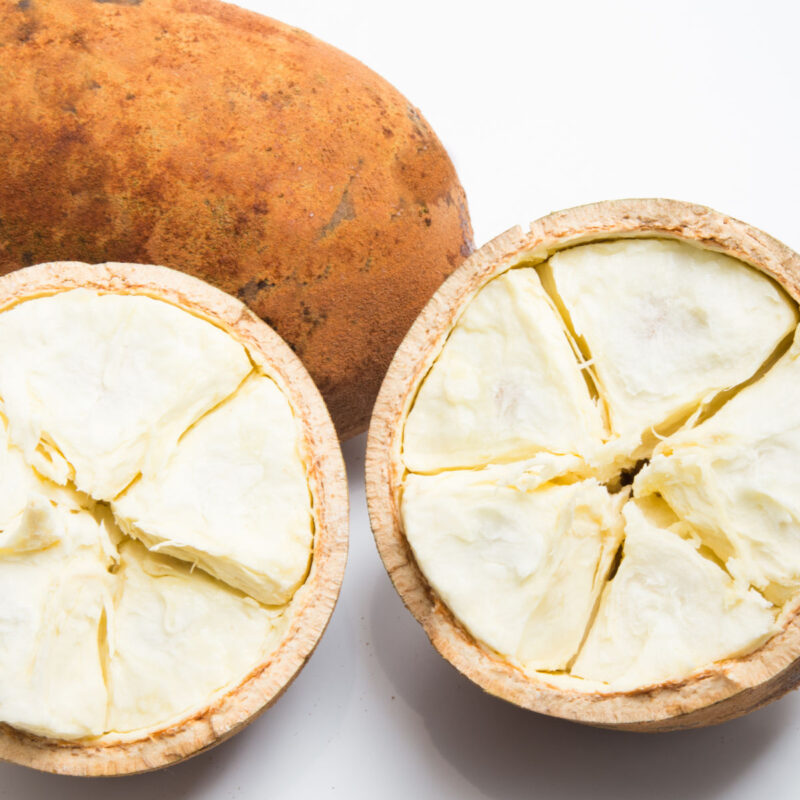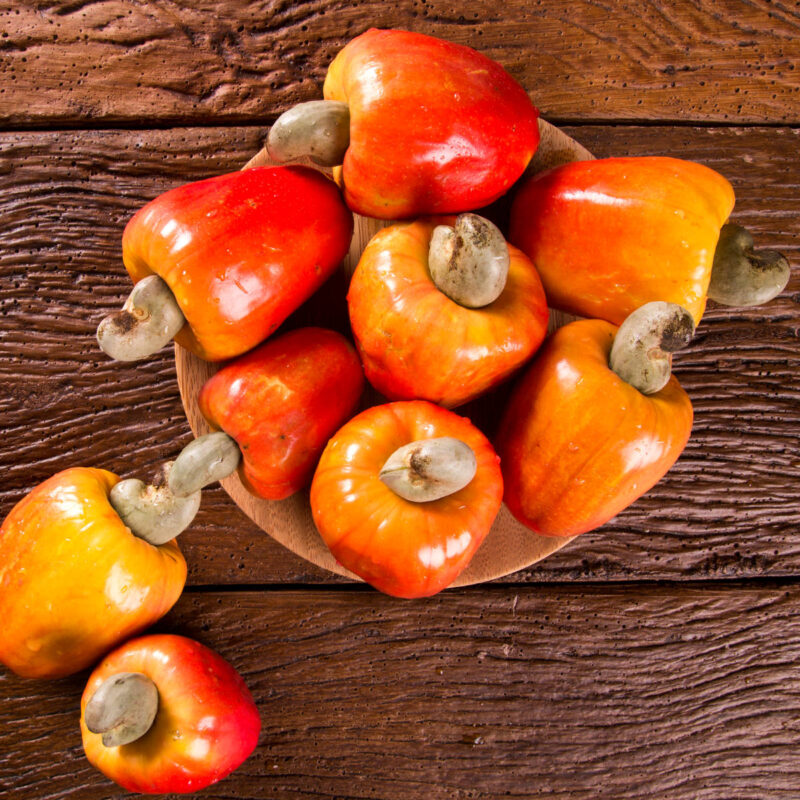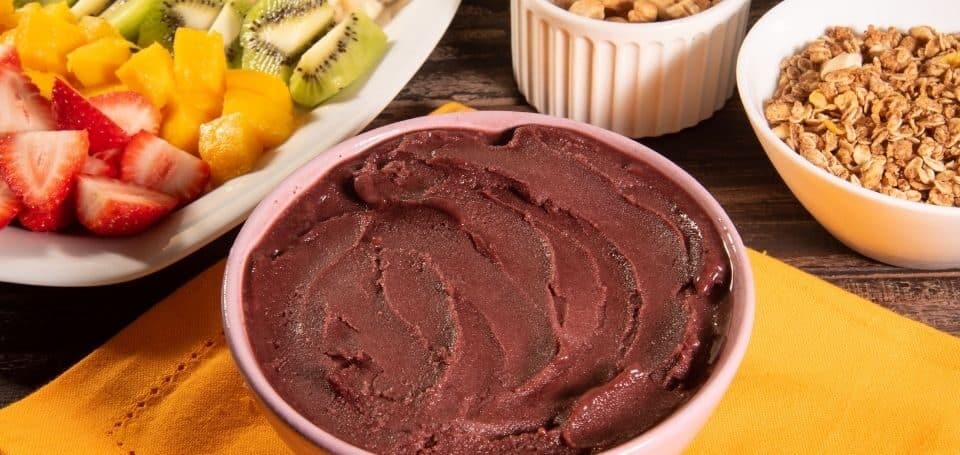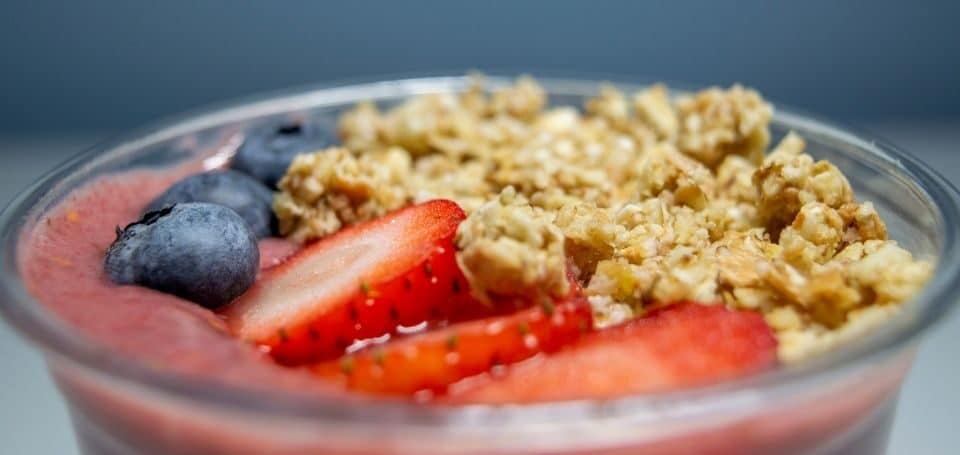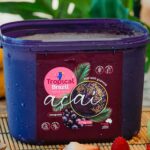
Unlock the Secret to Blissful Açaí Bowls with Tropical Brazil Açaí: Your Go-To Distributor
May 28, 2024
Unleashing the Flavors of Brazil: Exotic Café Creations with Tropical Brazil Açaí Fruit Pulps
June 3, 2024Exploring the Richness of Brazilian Culinary Traditions: A Personal Journey with Açaí and Frozen Fruit Pulps
Exploring the Richness of Brazilian Culinary Traditions: A Personal Journey with Açaí and Frozen Fruit Pulps
Growing up near a small bistro in São Paulo, surrounded by the bustling creativity of Brazilian cuisine chefs, I was immersed from a young age in the rich culinary heritage of Pará. My family, deeply rooted in these traditions, mastered the art of using exotic fruits not just as sweet delights but as integral components of savoury dishes. Our kitchen was a vibrant hub where the tartness of lime, the unique cupuaçu, and the sour of acerola were regularly blended into innovative sauces that transformed simple meats and risottos into extraordinary experiences.
This deep connection to Brazilian flavours shaped my culinary perspective, emphasising the versatility of fruit pulps in both traditional and innovative recipes. Our approach was simple: harness the natural flavours of the fruit to enhance the complexity of every dish.
These early culinary adventures in our family-run bistro not only taught me the importance of quality ingredients but also inspired a lifelong passion for exploring the potential of fruits like açaí in modern cuisine. This article delves into how açaí and other frozen fruit pulps can revolutionise dishes, offering a sensory delight rich in both flavour and nutrition.
Table of Contents
Tropical Brazil store on Fresho
Discover the platform and purchase our products on the Marketplace.
Why Açaí and Frozen Fruit Pulps?
In the vibrant kitchens where I honed my ‘skills’, under the guidance of my aunt who was a master of flavour, we often celebrated the essence of tropical fruits not just in sweet concoctions but as integral components of savoury dishes. One of the standout creations she was renowned for was a succulent fish dish using “pescada cambucu” a delicate white fish popular in Brazilian cuisine.
I still remember the taste of a sublime sauce she crafted combining the tartness of acerola with the zest of lime, the aromatic punch of garlic, the freshness of cilantro, and the richness of butter. This sauce, drizzled over the gently cooked fish over onions, brought out a symphony of flavours that encapsulated the tropical and vibrant spirit of our culinary heritage.
As I share these recipes and techniques worldwide, the practicality of using frozen fruit pulps becomes apparent. While in Brazil it was common to use fresh fruits, the global spread of our cuisine necessitates a method to preserve these flavours authentically. Freezing fruits like acerola at their peak ensures that their nutritional value and vibrant taste are maintained, making them ideal for recreating traditional dishes anywhere in the world. This approach allows us to honour the traditional Brazilian culinary practices while adapting to the needs of a global audience, ensuring that the rich tapestry of flavours remains accessible to all.
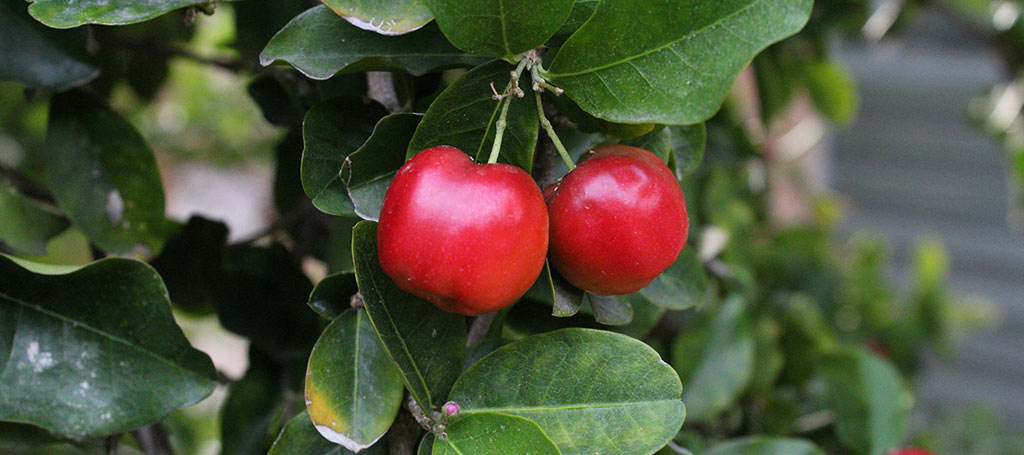
Culinary Applications of Açaí
Açaí, with its vibrant flavour and notable health benefits, was always a favourite in my kitchen, a symbol of the simple yet profound pleasures of life. Here’s how I’ve used this wonderful berry and other frozen fruit pulps to create delightful dishes:
Açaí Bowls: The quintessential açaí bowl is more than just a nutritious meal; it’s a celebration of life’s simple pleasures. Blended with various fruits and topped with granola, seeds, and fresh fruit, each bowl is a testament to creativity and the joy of eating well.
Smoothies and Drinks: Açaí pulp enhances smoothies and drinks, lending them a rich, creamy texture and robust flavour. This use not only appeals to the palate but also adds a vibrant colour and a healthy twist, perfect for enjoying the small delights of everyday life.
Desserts: Incorporating açaí into desserts like sorbets, ice creams, mousses, and jellies brings a unique taste and colour to the table. Its deep, wine-like flavour pairs beautifully with chocolate and vanilla, turning simple desserts into exquisite treats.
Expanding the Palette with Other Frozen Fruit Pulps
Sauces and Marinades: Frozen pulps like guava and acerola are excellent for crafting rich sauces and marinades that enhance both sweet and savoury dishes. Their acidity and sweetness are perfect for adding a new dimension to meals, reflecting the joy of culinary experimentation.
Baking: Adding fruit pulps to cakes, muffins, and bread infuses them with moisture and flavour. Pulps like coconut and guava introduce a tropical touch to baked goods, celebrating the fusion of traditional recipes with exotic flavours.
Innovative Savouries: Using exotic pulps such as cupuaçu and graviola in savoury dishes, like salad dressings and ceviches, or as bases for curries and stews, adds a unique twist. These ingredients offer a hint of sweetness and a lot of character, ideal for those who enjoy the finer details in life.
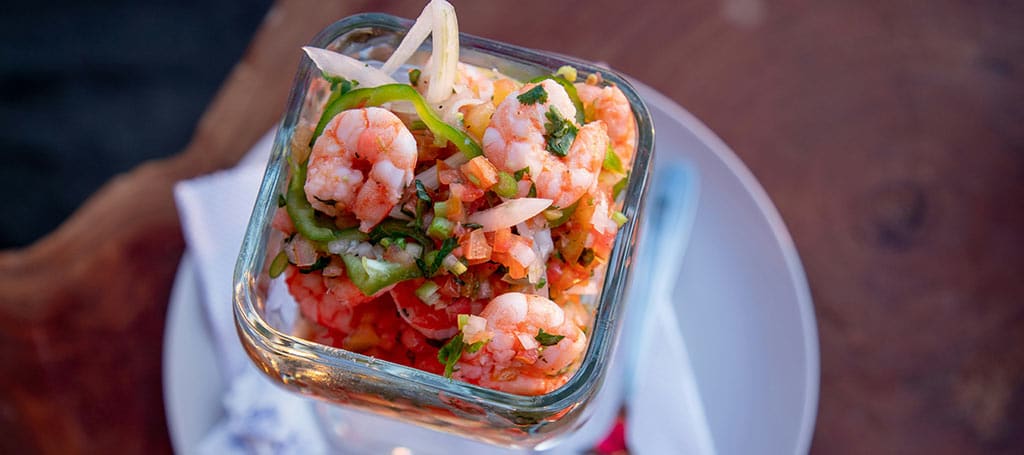
Tips for Using Frozen Pulps in Cooking
- Thawing: Ensure pulps are thawed in the refrigerator overnight to maintain their texture and nutritional integrity.
- Mixing Flavours: Experiment with different pulps to discover unique flavour profiles, enjoying the journey of taste exploration.
- Seasonal Pairings: Use pulps to add a tropical flare to seasonal dishes, enhancing everyday meals with a touch of the exotic.
Conclusion:
The versatility of açaí and other frozen fruit pulps enriches the culinary landscape, offering countless possibilities for adding depth, colour, and nutrition to dishes. This approach not only aligns with a life well-lived but also celebrates the simple joys and the success of creating delightful, healthful meals.

Increase your Café revenue. Join Tropical Brazil Marketplace Now!
Richness of Brazilian Culinary: FAQs
Can frozen fruit pulps replace fresh fruits in recipes?
Yes, frozen pulps can substitute fresh fruits in most recipes, especially when the fruit is out of season or not available locally. They provide a consistent flavour and are often more convenient.
How long can I store frozen fruit pulps?
When kept at a consistent temperature of -18°C, frozen fruit pulps can last up to a year without losing significant nutritional value or flavour.
Are there any health benefits to using frozen fruit pulps?
Absolutely! Frozen fruit pulps are packed with vitamins and antioxidants. Freezing preserves these nutrients effectively, often making them superior to off-season fresh fruits that have travelled long distances.
Can I use frozen fruit pulps in hot dishes?
Yes, fruit pulps can be used in hot dishes. They should be added towards the end of the cooking process to preserve their nutritional content and vibrant colours.
Is there a difference in flavour between using fresh and frozen fruit pulps?
Frozen fruit pulps are typically processed and frozen quickly after harvest, which preserves their fresh flavour and nutritional value. This can sometimes result in a more intense flavour compared to off-season fresh fruits.
Is it possible to get that recipe?
Sure! It is right below on our extra content.
Extra content:
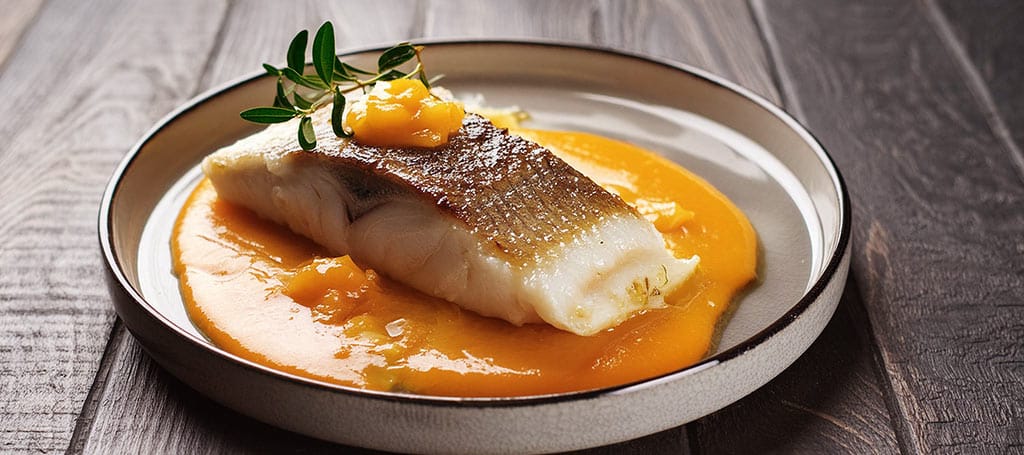
"Pescada na Acerola"
This delightful recipe captures the essence of Brazilian cuisine with pescada cambucu, a popular white fish, enhanced by a zesty acerola-lime sauce. Accompanied with mashpotatoes tomato and onion salad, this dish offers a perfect balance of flavours and textures, making it ideal for a refreshing and wholesome meal.
Ingredients
- 4 pescada cambucu fillets (or any other white fish like haddock or cod if unavailable)
- 200 ml of acerola pulp, frozen and thawed
- Juice of 2 limes
- 2 cloves of garlic, finely minced
- A small bunch of cilantro, finely chopped
- 50 g of butter
- Salt and pepper, to taste
- Olive oil
- 500 g of potatoes, boiled and roughly smashed
- 2 large tomatoes, sliced
- 1 large onion, thinly sliced
- Extra virgin olive oil, for dressing
- Salt and black pepper, to season
Method
Prepare the Fish:
Season the fish fillets with salt and pepper.
In a large frying pan, heat a drizzle of olive oil over medium heat.
Place the fish fillets in the pan and cook for about 4 minutes on each side, or until fully cooked and flaky. Remove from the pan and set aside to keep warm.
Make the Acerola-Lime Sauce:
In the same pan, reduce the heat and add the butter and olive oil.
Once melted, add the minced garlic and sauté until it becomes fragrant but not browned.
Pour in the acerola pulp and lime juice, stirring well to combine all the ingredients.
Allow the sauce to simmer gently for a few minutes until it thickens slightly. Season with salt and pepper to taste.
Stir in the chopped cilantro just before removing from heat to preserve its fresh flavour.
Prepare the Sides:
For the smashed potatoes: After boiling the potatoes until tender, drain and lightly smash them with a fork, leaving some chunks for texture. Drizzle with butter, milk, and season with salt and pepper.
For the tomato and onion salad: In a bowl, combine sliced tomatoes and onions. Drizzle with extra virgin olive oil, season with salt and pepper, and toss gently to combine.
Serve
Arrange the cooked fish fillets on a serving plate.
Spoon the warm acerola-lime sauce over the fillets.
Serve alongside the smashed potatoes and tomato and onion salad.
Serving Suggestions:
This dish is best enjoyed fresh, with the vibrant flavours of the sauce complementing the mild fish and the rustic sides.
Indulge in this Brazilian-inspired culinary delight, where every bite brings a burst of freshness and a celebration of tropical flavours.
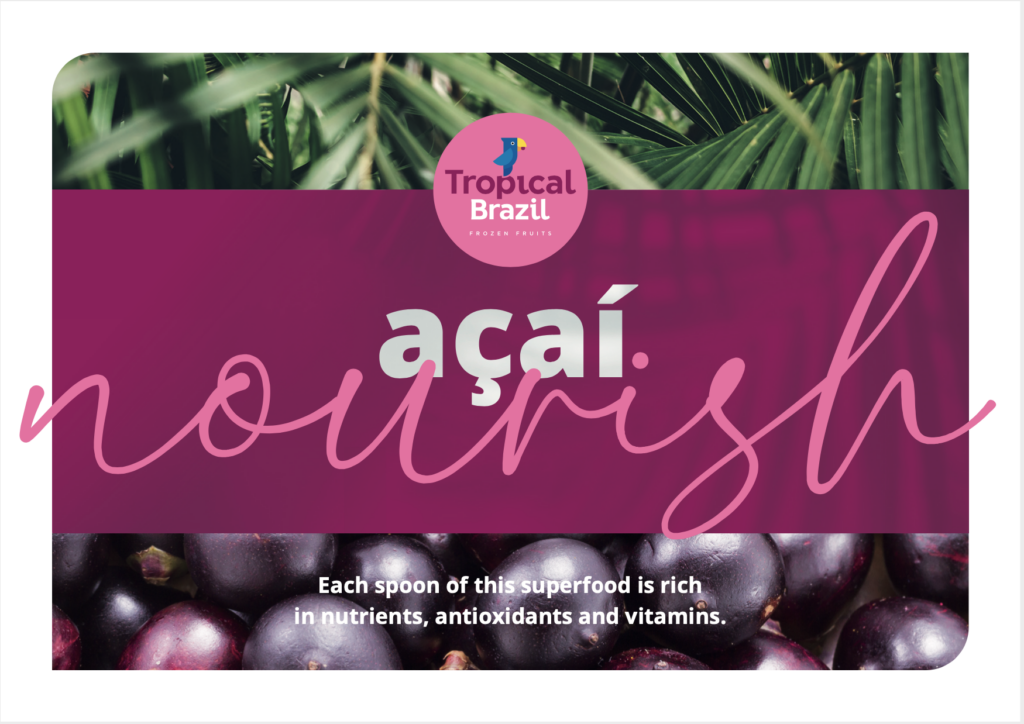
Improve your Menu with 4 vegan recipes!
Açaí Nourish - mini eBook
This mini ebook was also created with inspiration from the flavors of the Amazon, but now we have separated 4 totally vegan recipes that are highly refreshing, nutritious, and loaded with antioxidants.
Each spoon of this superfood is rich in nutrients, antioxidants and vitamins.
Wanna sell Acai?
Register as B2B and start to sell now.
